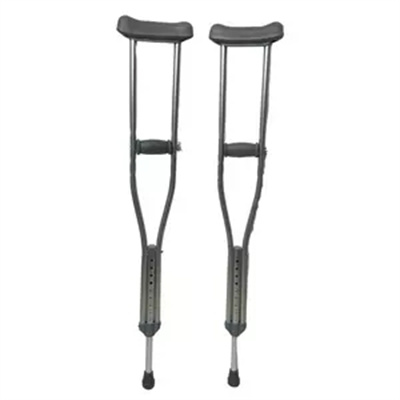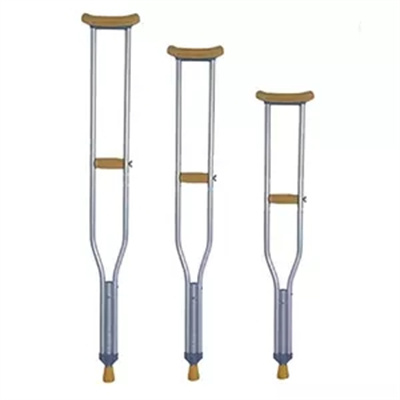1. Follow Medical Guidance:
- Always follow your healthcare provider’s advice and recommendations regarding crutch use, weight-bearing restrictions, and your rehabilitation plan.
2. Learn Proper Crutch Technique:
- Seek guidance from a physical therapist or healthcare professional to ensure you are using your crutches correctly. Proper technique minimizes the risk of injury and discomfort.
3. Prioritize Safety:
- Safety should be your top priority. Pay close attention to your surroundings, and be cautious on uneven terrain, stairs, and slippery surfaces.
4. Gradual Weight-Bearing:
- If your condition allows, gradually progress from non-weight-bearing to partial weight-bearing on your injured or weaker leg. Your healthcare provider will guide you in this process.
5. Balance and Strength Exercises:
- Perform prescribed balance and strength exercises to help you regain stability and muscle strength. These exercises are crucial for your recovery.
6. Stay Consistent:
- Consistency is key to rehabilitation success. Adhere to your prescribed exercise routine, mobility aids, and any recommended therapies.
7. Set Realistic Goals:
- Establish clear and achievable rehabilitation goals. Track your progress and celebrate your milestones along the way.
8. Stay Positive:
- Maintaining a positive attitude can make a significant difference in your rehabilitation journey. Focus on your progress and stay motivated.
9. Use Crutch Accessories:
- Consider using crutch accessories like padding, handgrip covers, or bags to enhance comfort and convenience.
10. Stay Hydrated and Eat Nutritiously: – Proper hydration and a balanced diet can support your body’s healing and recovery processes.
11. Rest and Recovery: – Give your body the rest it needs to recover. Adequate sleep and relaxation are essential components of rehabilitation success.
12. Seek Support: – Don’t hesitate to ask for help when needed. Friends and family can provide emotional support and assist with daily tasks.
13. Adapt Your Environment: – Make necessary adjustments to your home environment to accommodate your mobility limitations and ensure your safety.
14. Attend Follow-Up Appointments: – Attend all scheduled follow-up appointments with your healthcare provider to monitor your progress and make any necessary adjustments to your rehabilitation plan.
15. Patience is Key: – Understand that rehabilitation is a process, and it may take time to achieve your goals. Stay patient and persistent.
16. Explore Assistive Devices: – In addition to crutches, consider other assistive devices like braces, splints, or mobility aids as recommended by your healthcare provider.
17. Communicate with Your Healthcare Team: – Keep open lines of communication with your healthcare team. Share any concerns or challenges you encounter during your rehabilitation.
Remember that rehabilitation is a personalized journey, and everyone’s path to success is unique. By using crutches effectively, following medical advice, and maintaining a positive mindset, you can increase your chances of achieving your rehabilitation goals and returning to an active and fulfilling life.




















